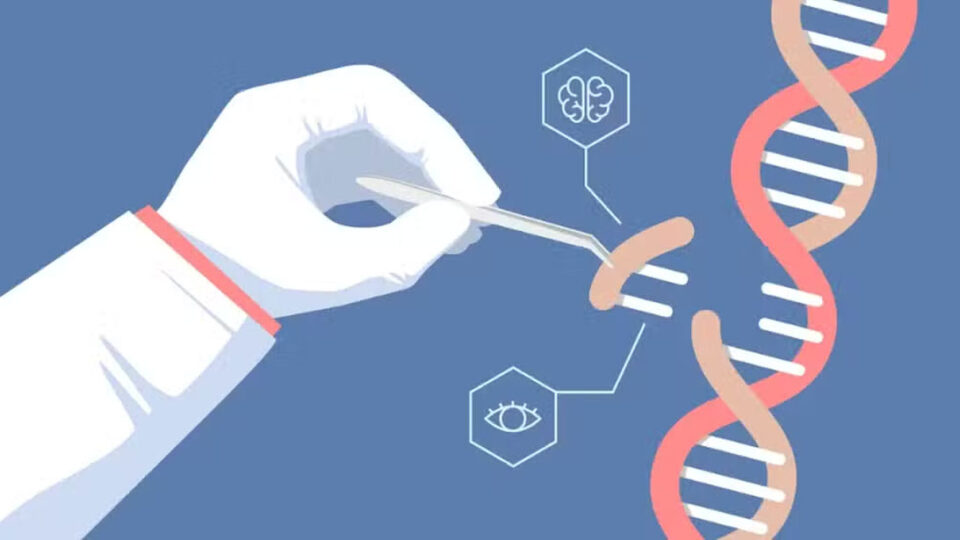Japanese Scientists Use CRISPR to Remove Extra Chromosome in Down Syndrome Breakthrough
In a groundbreaking development, scientists in Japan have successfully used CRISPR gene-editing technology to remove the extra chromosome responsible for Down syndrome, offering new hope for future therapies.
✅ What Causes Down Syndrome?
Down syndrome, or trisomy 21, is caused by an extra copy of chromosome 21. It affects approximately 1 in every 700 births in the United States. The surplus genetic material leads to developmental delays, distinctive physical traits, and increased health risks.
🔬 CRISPR Offers a Game-Changing Approach
Researchers led by Ryotaro Hashizume at Mie University have demonstrated that CRISPR-Cas9 can precisely target and eliminate the extra chromosome from lab-grown cells. This process, called allele-specific editing, allows scientists to correct the chromosomal imbalance at the source.
“After removing the extra chromosome, the cells began to behave more normally,” said the research team.
💡 Key Findings from the Study
-
Gene activity normalized, improving cell function.
-
Cells showed higher survival and growth rates.
-
Fewer harmful byproducts (like reactive oxygen species) were produced.
-
Improved mitochondrial function and overall cell health.
The researchers tested both stem cells and mature skin cells from individuals with Down syndrome, achieving successful chromosome removal in both.
🧠 Impact on Brain Development and Metabolism
Correcting the chromosomal imbalance led to a boost in genes related to brain development while lowering the activity of metabolism-related genes. This may explain why the corrected cells function more effectively, particularly in brain-related processes.
⚠️ Not Yet Ready for Clinical Use
While the results are promising, experts emphasize that this technique is still experimental. More research is needed to:
-
Ensure only the extra chromosome is removed.
-
Avoid unintended DNA changes.
-
Assess the long-term safety and performance of edited cells.
🚀 What This Means for the Future
This breakthrough proves that entire chromosomes can be removed, not just single genes—a huge step forward in genome editing.
If perfected, this technique could one day offer targeted therapies for individuals with Down syndrome, potentially improving quality of life by addressing the root genetic cause.
Ad powered by advergic.com
🔍 Stay Updated on Future Genetic Therapies
For more updates on CRISPR technology, genetic research, and innovations in medical science, subscribe now or follow our health and science news section.

